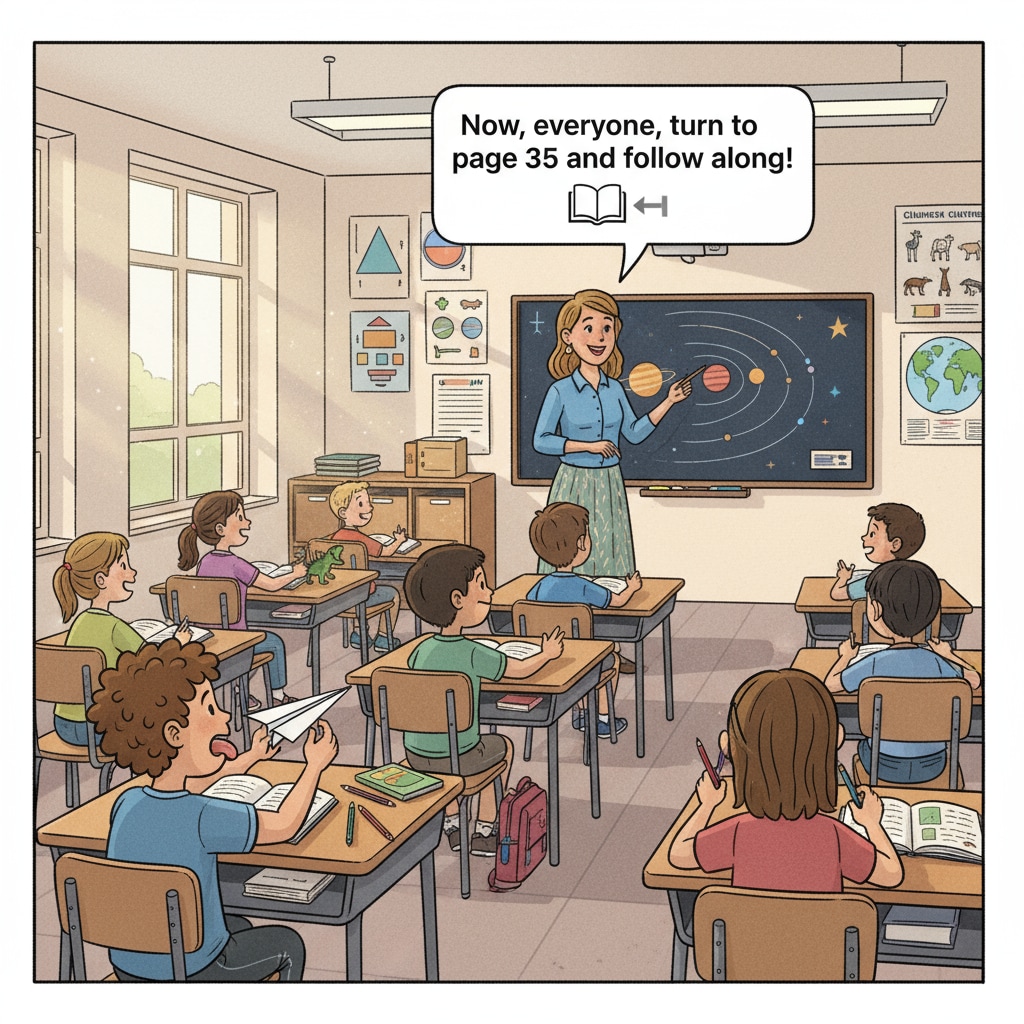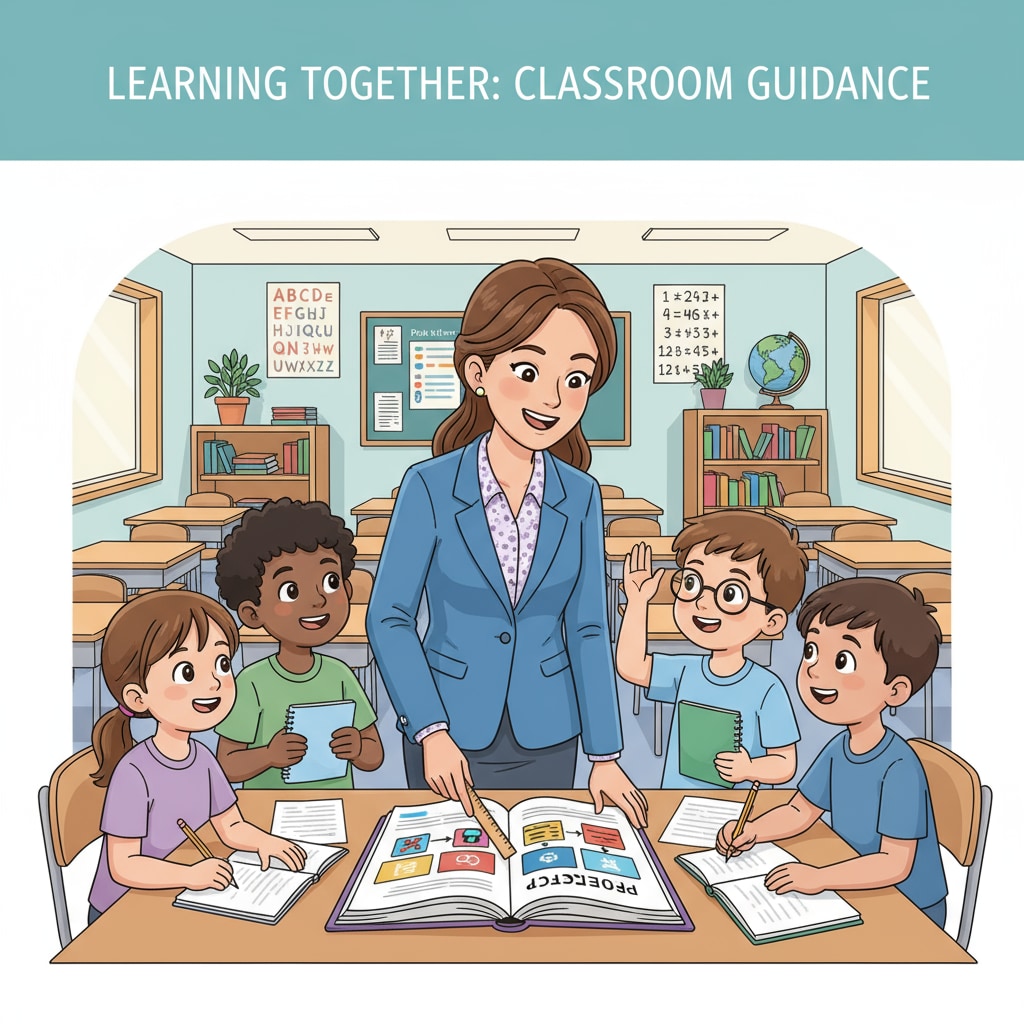Classroom instructions, student behavior, special education, and teaching strategies are crucial aspects in the field of education. In middle schools, English teachers often encounter a common and challenging problem: seventh – grade students frequently do not follow classroom instructions. This issue has become a significant teaching dilemma that needs to be addressed.

The Phenomenon of Disregarding Classroom Instructions
It is not uncommon to see in English classrooms that when teachers give instructions, a portion of seventh – grade students seem to be “selectively deaf.” For example, when the teacher asks the students to open their textbooks to a specific page, some students may continue to chat with their neighbors or stare blankly at their desks. This behavior not only disrupts the normal teaching order but also affects the learning progress of the entire class. As stated on Teachhub, maintaining classroom order and ensuring students follow instructions is fundamental for effective teaching.
Underlying Reasons for This Behavior
There are several reasons contributing to this phenomenon. Firstly, from the perspective of student development, seventh – graders are at a stage of rapid physical and mental changes. They may be more distracted and have difficulty concentrating for long periods. Secondly, the way instructions are given could be a factor. If the instructions are too complex or not clearly communicated, students may struggle to understand and thus not follow them. According to National Education Association, clear and concise instructions are essential for students to follow. Additionally, some students may lack proper motivation in learning English, leading to a lack of interest in following classroom instructions.

In addition, special education needs might also be involved. Some students may have learning disabilities or attention – deficit disorders that make it harder for them to adhere to classroom instructions. Teachers need to be aware of these possibilities and take appropriate measures.
Effective Teaching Strategies
To address this issue, teachers can adopt a series of teaching strategies. One approach is to simplify instructions. Use simple and straightforward language, break down complex tasks into smaller steps, and repeat the key points. For example, instead of saying “Read the passage on page 50, summarize the main idea, and then write a short response,” the teacher could say, “First, open your books to page 50. Read the passage. Then, tell me the main idea. Finally, write a short answer.”
Another strategy is to increase student motivation. Teachers can design interesting teaching activities related to the English curriculum. For instance, organize English role – playing games or group discussions on topics that students are interested in. This can make the learning process more engaging and encourage students to follow instructions.
For students with special education needs, individualized attention is crucial. Teachers can work with special education teachers to develop personalized learning plans. Provide additional support during class, such as seating these students in a more focused area or giving them extra guidance.
Readability guidance: By using short paragraphs and lists like this, we can clearly present the key points. Each H2 section has a list of related strategies or reasons. We also control the proportion of passive voice and long sentences, and add transition words like “firstly,” “secondly,” “additionally,” etc. to make the article more coherent.


